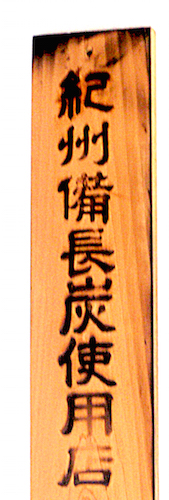101. The "Using" Radical: 用
We want useful things to be simple and straightforward. Radical 101 用, which goes by the English names "using" or "use," matches that description to a tee. This five-stroke radical has no variants and is on duty only in the character it matches:
用 (215: use; things to do; necessity)
The Joyo kun-yomi of this kanji もち•いる led to the radical name もちいる.
The 用 radical slightly resembles a few others:
radical 13: the "upside-down box" 冂
radical 50: the "cloth" radical 巾
radical 87: the "claw" radical 爪
radical 102: the "rice field" radical 田
But it's hardly as if you'll confuse 用 with any of these.
See what I mean? This radical couldn't be easier to use!
The only complexity involves the etymology. According to Henshall's newer edition, most scholars take 用 as depicting a "pen for animals." The ancient Chinese sometimes used those animals for sacrifices, he says. Aha, is that the connection to "use"? No, that meaning is probably loan usage, he tells us. Henshall also notes that one expert interprets 用 as the pictograph of a "bucket." Really?

Photo Credit: Eve Kushner
This restaurant sign features both 用 and 備 (to prepare). In that more complicated kanji 用 is a mere component, while the "person" radical 亻is on duty. Those two characters appear in these words:
備長炭 (びんちょうたん: brand of high-quality charcoal)
使用 (しよう: use)
The sign begins with 紀州 (きしゅう), the name of an old province corresponding to the contemporary Wakayama and Mie Prefectures on Honshu, and ends with -店 (-てん: store).
